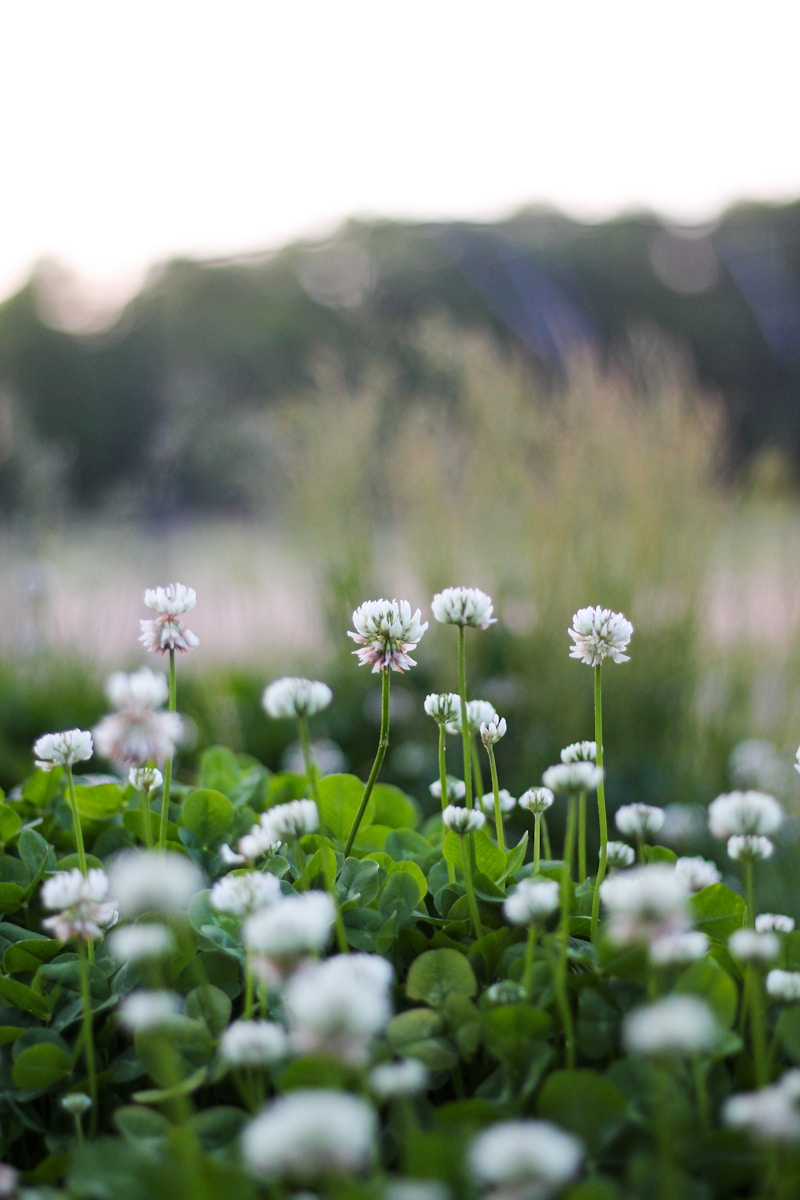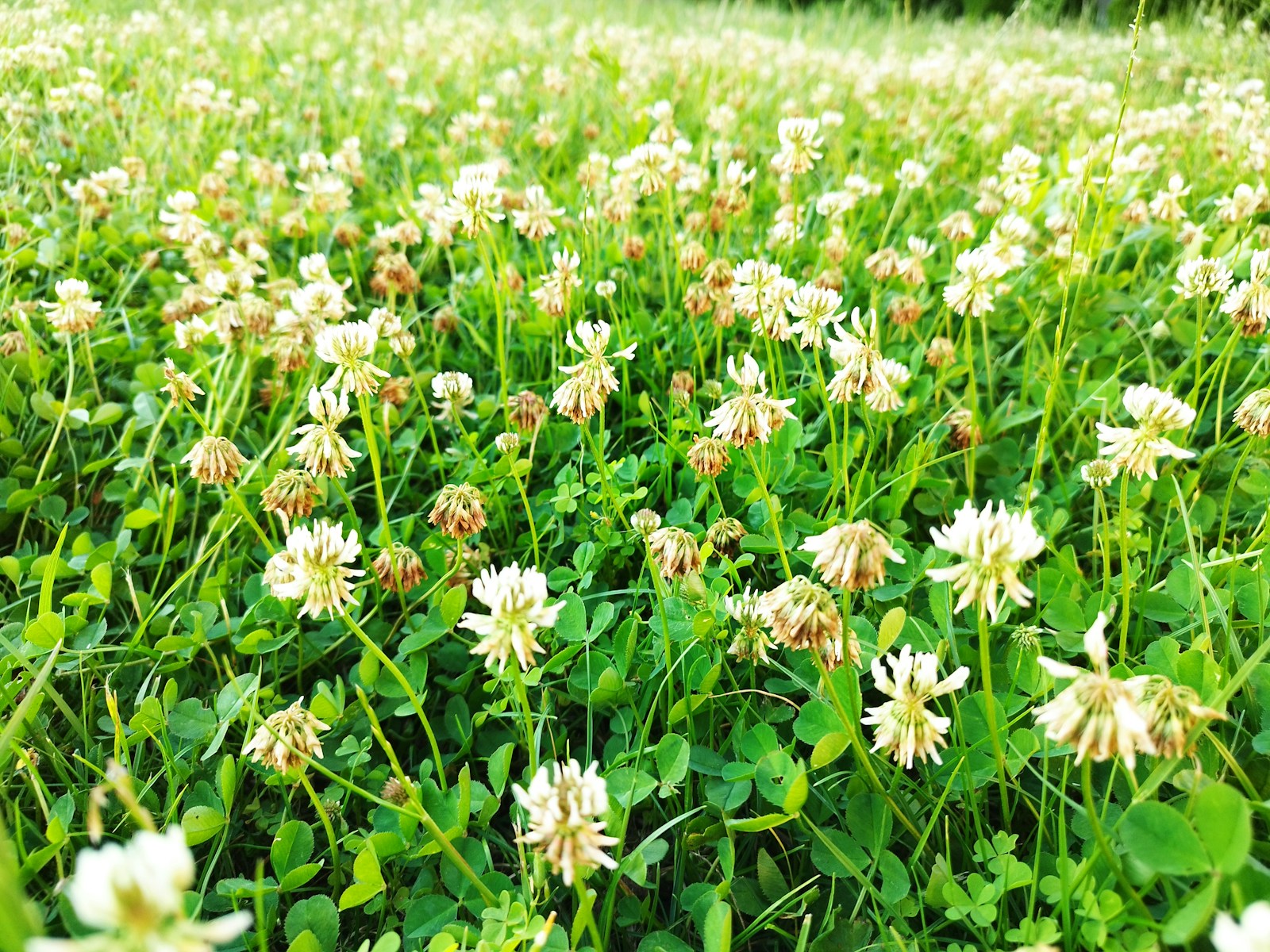When it comes to turning your yard into a dreamy oasis, most homeowners have the best intentions. You picture vibrant flower beds, lush green grass, and maybe even a serene water feature. But sometimes, even the most enthusiastic DIYers can unknowingly sabotage their landscaping goals. Here are five common mistakes homeowners make and how to avoid them, so your yard can be the envy of the neighborhood.
1. Planting Without a Plan
It’s easy to get swept up in the excitement of a springtime visit to the garden center. Rows of colorful flowers and greenery beg to be taken home, and before you know it, your cart is brimming with impulse buys. But planting without a plan can leave your yard looking chaotic and inconsistent.
Why It Happens:
Most people underestimate how plants will grow and spread or how different species will complement (or clash with) each other.
How to Avoid It:
Start with a detailed landscaping plan. Sketch out your yard and decide where you’d like specific types of plants—trees, shrubs, perennials, and annuals. Consider factors like sun exposure, soil type, and the mature size of plants. Apps like iScape or even old-fashioned graph paper can help visualize your space. As one seasoned landscaper once told me, “A garden with a plan is a garden with purpose.”
2. Ignoring Soil Health
You can’t grow a thriving garden on poor soil, no matter how much you water and fertilize. Yet, many homeowners neglect to consider their soil’s health before planting.
Why It Happens:
Soil feels like the least glamorous part of landscaping, and it’s easy to overlook in favor of flashier elements.
How to Avoid It:
Test your soil before you plant. Many local extension offices or garden centers offer affordable soil testing kits. You’ll learn valuable details about pH levels, nutrient deficiencies, and soil texture. Based on the results, you can amend your soil with compost, lime, or other materials to create the perfect foundation for your plants. Remember, healthy soil is the unsung hero of any beautiful landscape.
3. Overwatering or Underwatering
If you’ve ever turned your yard into a swamp or watched plants wither despite your care, you’re not alone. Striking the right balance with watering can be tricky.
Why It Happens:
Misjudging your plants’ water needs or relying on outdated irrigation systems is often to blame.
How to Avoid It:
First, group plants with similar water needs together. This makes watering more efficient and reduces the risk of over- or under-watering. Invest in a smart irrigation system or a simple timer for your sprinklers. Additionally, mulch can work wonders in retaining soil moisture and reducing evaporation. As someone who once drowned a row of roses with too much love, trust me: less can sometimes be more.
4. Choosing the Wrong Plants for Your Climate
You’ve just planted a row of gorgeous hydrangeas, only to watch them struggle and fail in the blazing summer sun. Sound familiar? Many homeowners select plants that aren’t suited to their local climate.
Why It Happens:
It’s easy to fall in love with the look of a plant without considering whether it will thrive in your environment.
How to Avoid It:
Research plants that are native to your region or are known to do well in your climate zone. Native plants are often more drought-tolerant, pest-resistant, and easier to maintain. Local nurseries can be a treasure trove of advice, so don’t be afraid to ask for guidance.
Pro Tip:
If you’re unsure about your climate zone, the USDA Plant Hardiness Zone Map is a great resource.
5. Neglecting Maintenance
Landscaping isn’t a “set it and forget it” endeavor. Weeds creep in, shrubs overgrow, and mulch decomposes. Yet, many homeowners underestimate the level of upkeep their yard will require.
Why It Happens:
Life gets busy, and yard work often takes a back seat to more pressing priorities.
How to Avoid It:
Set aside a regular schedule for maintenance. Weekly tasks like mowing, edging, and weeding can prevent bigger problems down the line. Monthly deep clean-ups—such as trimming hedges or replenishing mulch—will keep your yard looking polished. A pro tip I picked up after one too many Saturday afternoons spent wrestling with overgrown ivy: investing in quality tools makes maintenance quicker and more enjoyable.
Bonus Tips for Landscaping Success:
- Layer Your Plantings: Use a mix of heights, textures, and colors to create depth and visual interest in your garden beds.
- Consider Year-Round Appeal: Choose a combination of plants that bloom in different seasons, along with evergreens, to keep your yard attractive year-round.
- Light It Up: Outdoor lighting can highlight your landscape’s best features and make your yard feel magical at night.
- Hire Help When Needed: If you’re overwhelmed, a professional landscaper can help you design and maintain your yard to perfection.
Conclusion
Landscaping mistakes are common, but they’re not insurmountable. With a bit of planning, research, and regular maintenance, your yard can transform into the lush, vibrant retreat you’ve always envisioned. Remember, a beautiful landscape isn’t built in a day—but the effort is well worth it. So grab your gardening gloves and get started! Your dream yard is just a few thoughtful steps away.



